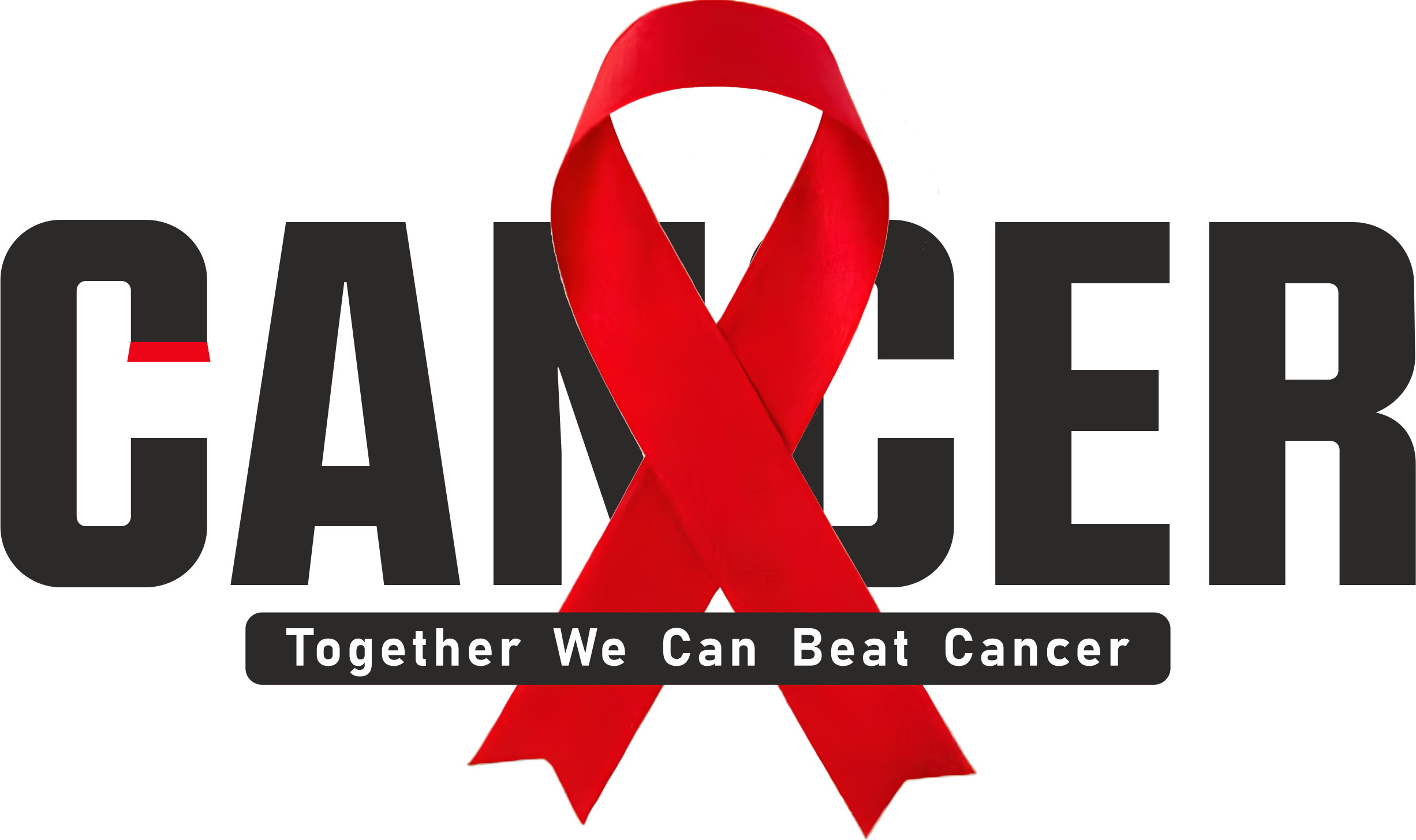Childhood liver cancer: Types, Symptoms, and Treatments
Childhood liver cancer: Types, Symptoms, and Treatments

What is Childhood liver cancer?
Childhood liver cancer, a rare but serious condition, involves the formation of cancer cells in the liver’s tissues. To better understand the implications of this disease, it’s essential to first grasp the liver’s role in the body. Specifically, three of the many important functions of the liver are:
Firstly, to filter harmful substances from the blood so they can be passed from the body in stools and urine.
Secondly, to make bile to help digest fats from food.
Thirdly, to store glycogen/sugar, which the body uses for energy.
Liver cancer is rare in children and adolescents. Nevertheless, there are different types of childhood liver cancer.
There are two main types of childhood liver cancer:
Hepatoblastoma
Most common type of childhood liver cancer. It usually affects children younger than 3 years of age.
Hepatocellular carcinoma (HCC)
Other less common types of childhood liver cancer include the following:
Undifferentiated embryonal sarcoma of the liver
This type of liver cancer usually occurs in children between 5 and 10 years of age. It often spreads all through the liver and/or to the lungs.
Infantile choriocarcinoma of the liver
This is a very rare tumor that starts in the placenta and spreads to the fetus.
Vascular liver tumors:
These tumors form in the liver from cells that make blood vessels or lymph vessels.
Primary liver cancer can occur in both adults and children as we mentioned earlier. However, treatment for children is different from treatment for adults.
Certain diseases and conditions can increase the risk of childhood liver cancer.
Risk factors for hepatoblastoma include the following syndromes or conditions:
- Aicardi syndrome.
- Beckwith-Wiedemann syndrome.
- Hemihyperplasia.
- Familial adenomatous polyposis (FAP).
- Glycogen storage disease.
- A very low weight at birth.
- Simpson-Golabi-Behmel syndrome.
- Certain genetic changes, such as trisomy 18.
Children at risk of hepatoblastoma may have tests done to check for cancer before any symptoms appear. Additionally, every 3 months until the child is 4 years old, an abdominal ultrasound exam is done, and the level of alpha-fetoprotein in the blood is checked.
- Risk factors for hepatocellular carcinoma include the following syndromes or conditions:
- Alagille syndrome.
- Glycogen storage disease.
- Hepatitis B virus infection that was passed from mother to child at birth.
- Progressive familial intrahepatic disease.
- Tyrosinemia.
- Some patients with tyrosinemia will have a liver transplant to treat this disease before there are signs or symptoms of cancer.
Signs and symptoms of childhood liver cancer include a lump or pain in the abdomen, which are common after the tumor gets big. However, other conditions can cause the same signs and symptoms. Therefore, check with your child’s doctor if your child has any of the following:
Symptoms of childhood liver cancer
- A lump in the abdomen that may be painful.
- Swelling in the abdomen.
- Weight loss for no known reason.
- Loss of appetite.
- Nausea and vomiting.
Tests that examine the liver and the blood are used to diagnose hepatocellular carcinoma and determine whether the cancer has spread. These tests will be conducted by your child’s doctor.
This will help in both diagnosing and staging the tumor.
Stages of Childhood Liver Cancer
There are two grouping systems for hepatocellular carcinoma Two grouping systems are used for childhood liver cancer to decide whether the tumor can be removed by surgery.
In group I, the cancer is found in one section of the liver. Three sections of the liver that are next to each other do not have cancer in them.
In group II, cancer is found in one or two sections of the liver. Two sections of the liver that are next to each other do not have cancer in them.
In group III, one of the following is true:
Cancer is found in three sections of the liver and one section does not have cancer.
Cancer is found in two sections of the liver and two sections that are not next to each other do not have cancer in them.
In group IV, cancer is found in all four sections of the liver.
Treatment Option Overview
There are different types of treatment for patients with childhood liver cancer.
Children with hepatocellular carcinoma should have their treatment planned by a team of healthcare providers who are experts in treating this rare childhood cancer.
Six types of standard treatment are used:
- Surgery
- Watchful waiting
- Chemotherapy
- Radiation therapy
- Ablation therapy
- Antiviral treatment
- New types of treatment are being tested in clinical trials.
- Targeted therapy
You May Also Like
Laparoscopic Cancer Surgery: A Minimally Invasive Breakthrough in Oncologic Care Laparoscopic Cancer Surgery: A Minimally …
Early signs of thyroid cancer- by Dr. Vijay Jagad Early signs of thyroid cancer- by …
Understanding Colon Cancer: Symptoms, Causes, and Diagnosis Understanding Colon Cancer: Symptoms, Causes, and Diagnosis Updated …



